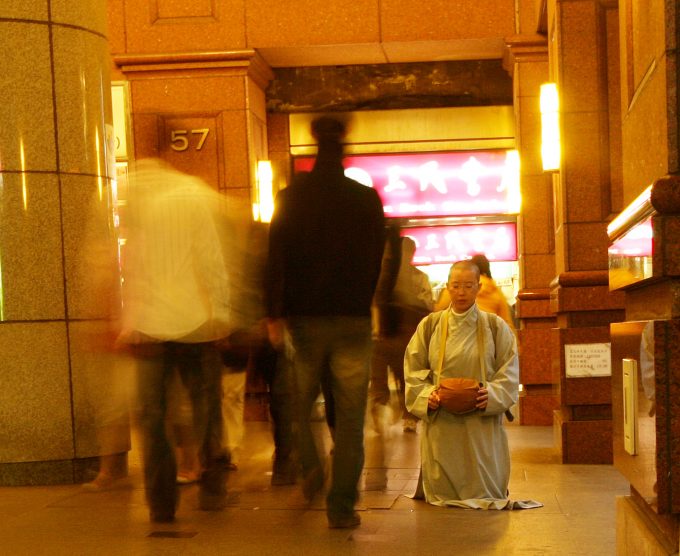Sea-air 'barely viable' as port congestion hits
Sea-air is “barely viable” for shippers looking for a shortcut amid Red Sea diversions, as ...
WTC: RIDE THE WAVEFDX: TOP EXEC OUTPEP: TOP PERFORMER KO: STEADY YIELD AND KEY APPOINTMENTAAPL: SUPPLIER IPOCHRW: SLIGHTLY DOWNBEAT BUT UPSIDE REMAINSDHL: TOP PRIORITIESDHL: SPECULATIVE OCEAN TRADEDHL: CFO REMARKSPLD: BEATING ESTIMATESPLD: TRADING UPDATEBA: TRUMP TRADEAAPL: SUPPLY CHAIN BET
WTC: RIDE THE WAVEFDX: TOP EXEC OUTPEP: TOP PERFORMER KO: STEADY YIELD AND KEY APPOINTMENTAAPL: SUPPLIER IPOCHRW: SLIGHTLY DOWNBEAT BUT UPSIDE REMAINSDHL: TOP PRIORITIESDHL: SPECULATIVE OCEAN TRADEDHL: CFO REMARKSPLD: BEATING ESTIMATESPLD: TRADING UPDATEBA: TRUMP TRADEAAPL: SUPPLY CHAIN BET

In the second of a two-part duet of blogs on the changing face of Asia, UPS’s senior vice president of global engineering and sustainability looks at the rapid transformation of the economies of South-east Asia. As China transitions from an export-based to a consumer-led economy, many of the manufacturing industries that created its economic growth are migrating elsewhere – to countries where the land and labour are cheaper; China is rapidly becoming an aging population, whereas 65% of south-east Asians are under 35. But it remains remarkably diverse region; levels of development are anything but uniform, which requires a highly flexible approach in designing and adapting supply chains to particular local conditions.
CMA CGM South Korean staff strike over bonuses after bumper 2024 profit
MSC switches two more Asia-Europe port calls from congested Antwerp
CMA airline returns two freighters, while ANA takeover of NCA looms
Nightmare for Bangladeshi exporters as congestion and tariffs bite
Tradelanes: Export boom in Indian sub-continent triggers rise in airfreight rates
Carriers introduce surcharges as congestion builds at African ports
Ports and supply chain operators weigh in on funding for CPB
Box ship overcapacity threat from carrier appetite for new tonnage


Comment on this article